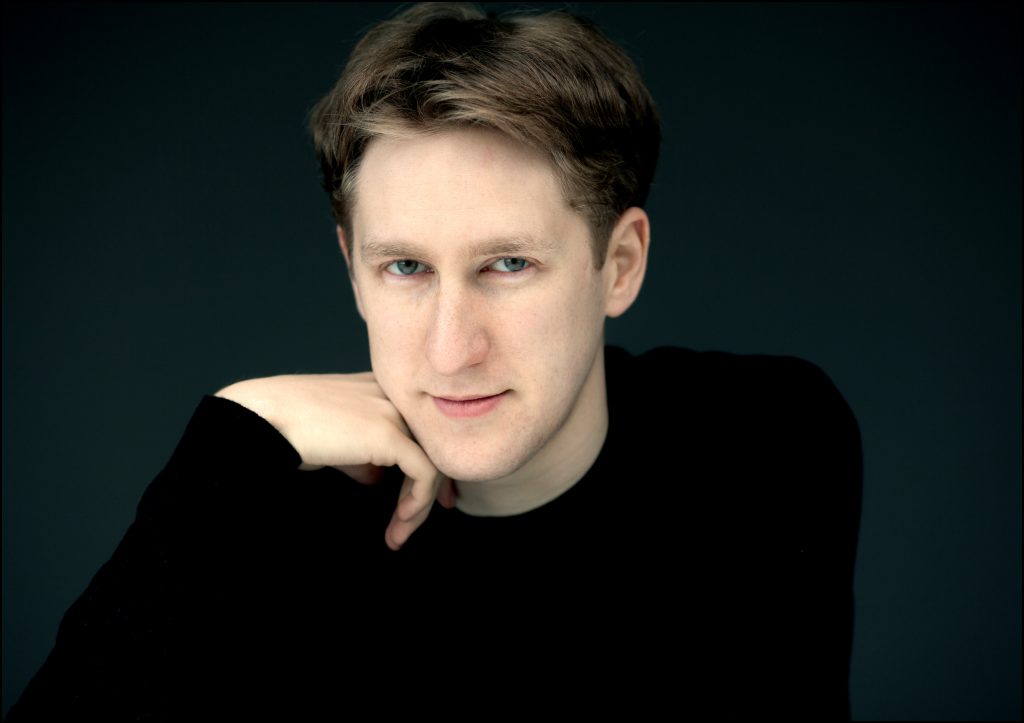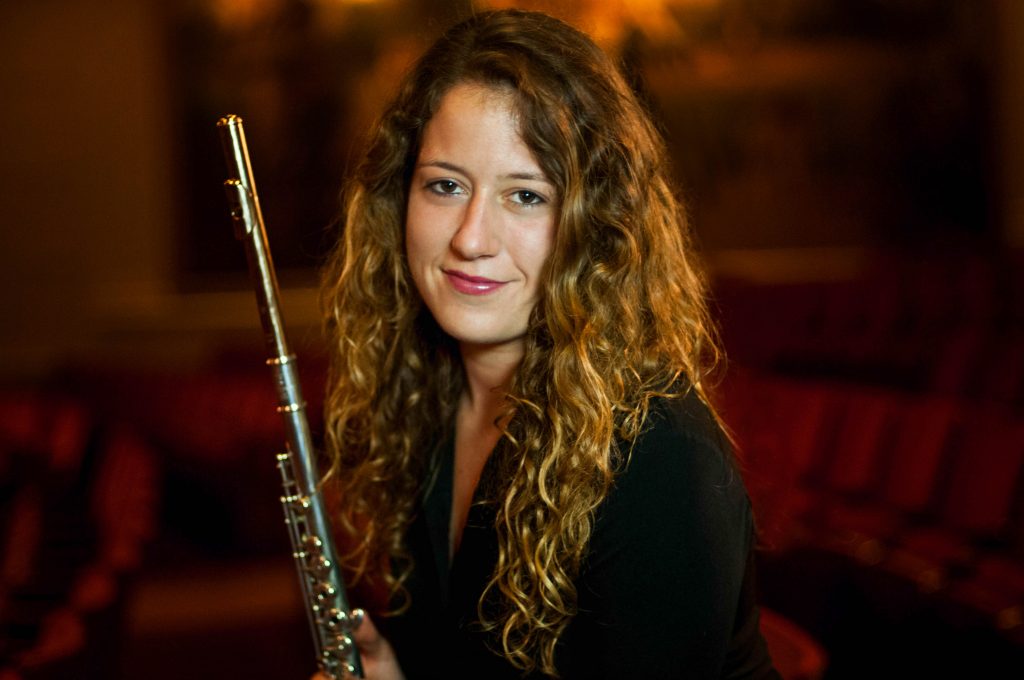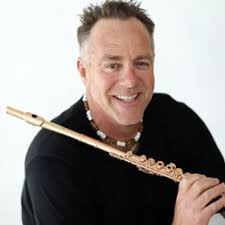The San Diego Symphony Takes On A Chestnut
Friday’s San Diego Symphony concert, “Symphonie Fantastique” held at Copley Symphony Hall, presented troubling, delightful and impressive moments. Under the direction of guest conductor Joshua Weilerstein, the evening opened rather uncomfortably. The orchestra, looking like a million bucks on stage in their formal, white ties and tails juxtaposed clumsily against the maestro, who bounded on stage, microphone in hand, wearing a black suit, no tie and an open neck shirt. Maybe his luggage got lost. He then proceeded to regurgitate Eric Bromberger’s excellent program notes with his trusty wireless microphone. Why did he bother? Perhaps he was trying to “relate” to the audience. Nonetheless, it came across as superfluous and annoying.

Joshua Weilerstein [photo (©) Felix Broede]
Problems with Weilerstein’s stick technique began to surface in the second piece, Carl Nielsen’s Flute Concerto, featuring the orchestra’s Principal Flutist Rose Lombardo. For some reason, Weilerstein began giving orchestral cues and accents with a dance move wind up using his legs and torso. The technique did not work very well in that no huge accents commensurate with his motion were rendered. As the program progressed, the youthful conductor ended up doing what seemed to be a modern dance interpretation of his impression of how the piece should sound. It took away from the music.

Rose Lombardo [photo (c) Beth Ross Buckley]
My only reservation about the performance is Lombardo’s quiet dynamic. Having spent hundreds of hours studying both Jespersen’s interpretation as well as the justifiably famous performance of Julius Baker with Bernstein and the New York Philharmonic, I found Lombardo’s sound small in comparison. Her sound just lacked the “oomph” necessary to sail above the huge orchestra.
The program’s pièce de résistance Hector Berlioz’s “Symphonie Fantastique” brought to the fore Weilerstein’s same conducting issues. His downbeats were gracelessly ignored, and the gauzy mistiness of the opening movement ended up sounding instead like just so many disembodied, albeit, pretty sounds. No sense of incipient tragedy or horror portended. Things started getting better in the second movement waltz, where the players and the conductor seemed to finally be inhabiting a similar rhythmic universe.
In the third movement, we were treated to the most delicious English Horn playing of Andrea Overturf in an exquisite duet with the off-stage Principal Oboe Sarah Skuster. The principle actors in this programmatic piece must have really been feeling the salubrious effects of the opium they had (fictitiously) smoked, according to the composer’s program notes. The pastoral setting of the drama was perfectly rendered by the entire orchestra and conductor.
And of course, every dream must end, and in the “Symphonie Fantastique” version, it ends badly. Our protagonist, of course, has murdered the apple of his eye and by getting caught, must pay society for his dastardly deeds. The final two movements gave the musicians a chance to play with abandon. The rousing finale of the “Witches Sabbath” with its foreboding Dies Irae melody concluded an exciting and accomplished performance of this chestnut. Finally, the passionate young conductor and the crusty, professional orchestra seemed to be in sync and making music together.
The San Diego Symphony is a very good orchestra. Not a great one yet, but very good indeed. The virtuosity of the woodwinds, brass and percussion is impressive. But although every section plays well, a sense of artistic mission is rarely conveyed.

Yochanan Sebastian Winston, Ph.D. has performed throughout the United States, Europe and Latin America. His repertoire spans classical, jazz, klezmer, new age, contemporary, rock & roll and pop and is very active as a composer. Dr. Winston holds a Ph.D. from the UCSD, a Diplôme from the Conservatoire National de Region de Boulogne-Billancourt (France), and a Master’s and Bachelor’s of Music from the Manhattan School of Music in New York City.

It is becoming somewhat of a trend among conductors not to wear white tie and tail and I can’t fault them for that. I actually wish the rest of the orchestra would follow this trend as well, like most baroque orchestras are these days.
I was sitting pretty far away from the conductor and therefore cannot comment much either on his baton technique or whether “his downbeats were gracelessly ignored” but I found the end result quite successful anyway. It was definitely one of the better “Fantastique” I got to hear live, first movement included. The first part of the concert was way less interesting musically IMHO despite the great musicianship of Lombardo and the rest of the orchestra, and I am not blaming Joshua Weilerstein either…